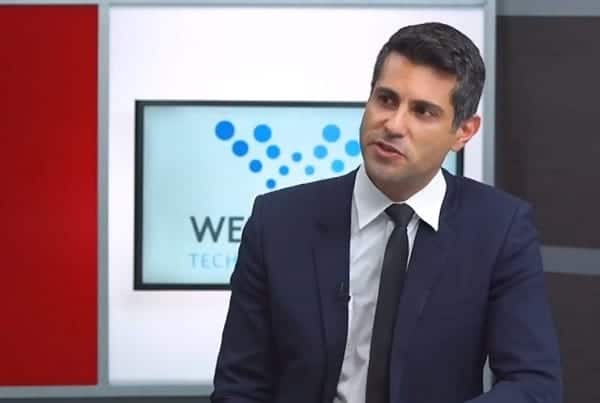

The novel coronavirus pandemic is impacting the way healthcare is conducted, as nations around the globe strive to halt the spread of the virus while at the same time providing proper health services for citizens.
And telehealth is taking a prominent role in the fight.
The Ontario government on Monday announced an expansion of its Telehealth program, adding resources to bring down call wait times and enable the system to handle more volume in hopes of getting the right information to citizens from their own homes.
The province said more nurses will be available to take calls, address symptoms and referrals, while at the same time allowing physicians to conduct “routine healthcare” by video and telephone instead of in person in hopes of keeping more people at home.
“We understand that people are anxious to get the advice about next steps as soon as possible, which is why the capacity of Telehealth is being enhanced,” said Dr. David Williams, Ontario’s Chief Medical Officer of Health, in a statement.

Yesterday, the US government announced it would be expanding telehealth services for medicare beneficiaries during the pandemic, allowing for a wider range of services to be available over the phone or video. The changes will “allow seniors to communicate with their doctors without having to travel to a healthcare facility,” said the Centers for Medicare & Medicaid Services announcement. “Clinicians on the frontlines will now have greater flexibility to safely treat our beneficiaries.”
The turn to tech in this time of crisis was profiled by CNBC’s Jim Cramer on Tuesday who spoke to Roy Schoenberg, co-CEO of US telehealth platform and private company Amwell, which said that it has a huge upsurge in business as a result of the pandemic.
Schoenberg said that telemedicine is helpful not just in testing and providing care for those infected by the coronavirus but that it frees up resources needed for regular and ongoing health services.
“We serve different clients differently, health plans are primarily dealing with a mass millions of membership that they have that are very worried about what they need to do what are the right symptoms and so on and so forth. But then we also have a lot of health systems that regularly treat elder patients elder Americans,” said Schoenberg.
“And these, you know, these patients don't necessarily need to care for coronavirus they need care for their diabetes and heart failure. And if we can allow that care to happen over technology and prevent those patients from showing up in crowded waiting rooms where a lot of bad things can happen, we can save some lives,” he said.

In Canada, Vancouver-based health clinic and health technology company WELL Health Technologies recently launched a telehealth service earlier this month. Called VirtualClinic+, the platform connects physicians to patients through video, phone and secure messaging.
“Physicians in our network are now seeking virtual tools unlike any other time in the history of our clinical business,” said Mr. Amir Javidan, WELL's Chief Operating Officer, in a March 2. press release. “We believe this is due to a combination of factors but also lately, this has been due to the rise of COVID-19. With tools like VirtualClinic+, physicians will have more ways that they can meet the growing demand for telehealth consultation services.”
Schoenberg said that while the future of healthcare will use more video, phone and other tech approaches, the picture will most likely be a balance of the new and the old.
“There are some things about healthcare that can happen very effectively through technology like dealing with simple medications, a simple flu, following up on patients who we already know the diagnosis helping patients after surgery to recover at home— there’s a lot of stuff that can happen to telehealth,” Schoenberg said.
“But clearly when it comes down to having an operation a surgery blood needs to be drawn and CT scan needs to be done, or God forbid you need to be hospitalized, in those cases, you actually do need to go into healthcare. But we can divide the load on healthcare much differently in the world where we have this technology,” he said.
Disclaimer: Jayson MacLean and Nick Waddell own stock in Well Health Technologies and the company is an annual sponsor of Cantech Letter.
Leave a Reply
You must be logged in to post a comment.


 Share
Share Tweet
Tweet Share
Share




Comment